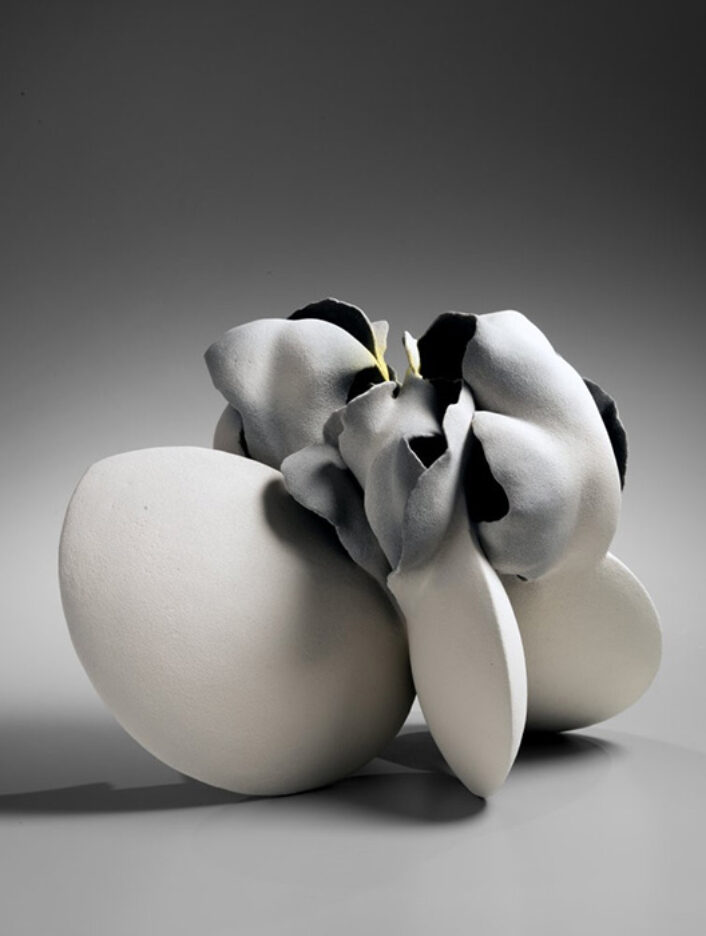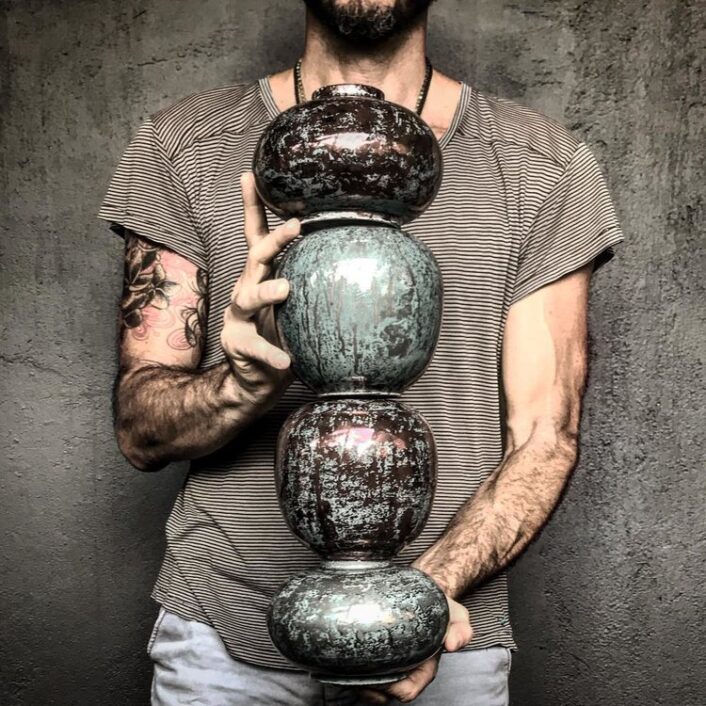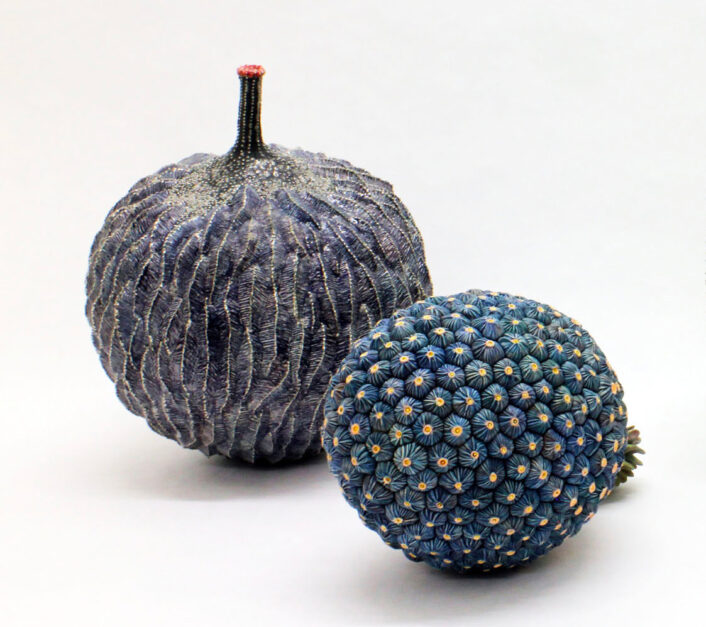Design
Kenta Anzai
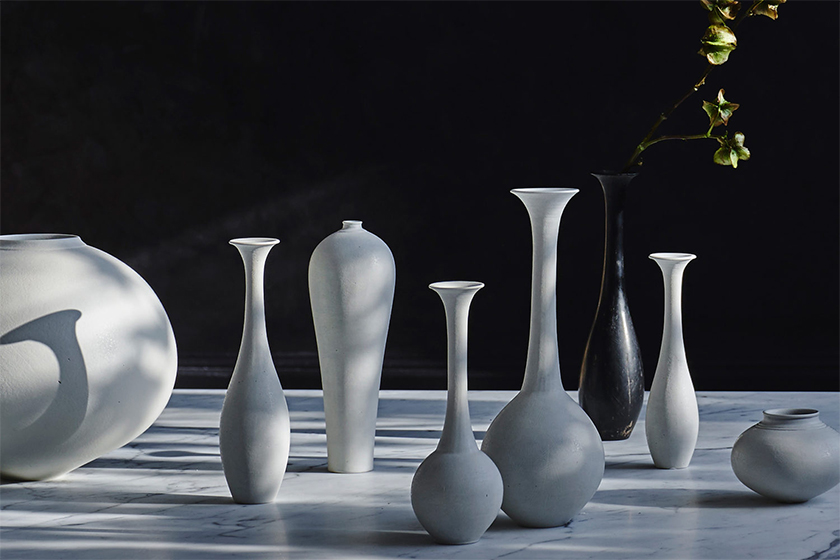
From a recent collection at the RW Guild Gallery in New York City, “Kenta Anzai: In Praise of Shadows.”
Image courtesy of: Surface Magazine
The Japanese artist, Kenta Anzai has quickly become sought-after and has rapidly amassed quite a following. Anzai handcrafts a wonderful collection of objects such as vases, containers, and sake cups. Typical to Japanese pottery, his pieces are thrown in porcelain; but his the technique differs in that the glaze is infused with a small amount of urushi which gives the objects a natural Japanese lacquer.
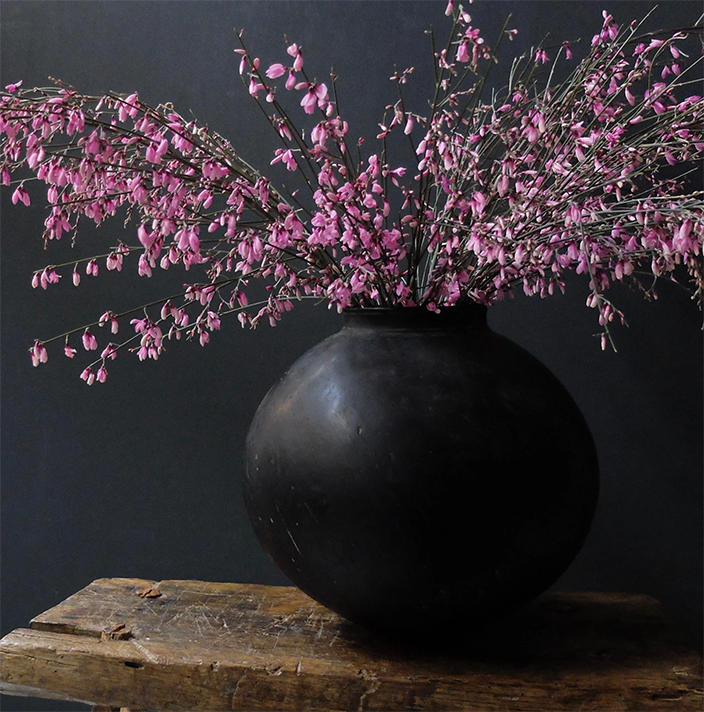
A photograph from last year’s show at Maud & Mabel alongside two other Japanese ceramicists, Mizuyo Yamashita and Nobue Ibaraki
Image courtesy of: Maud & Mabel
Each piece takes months to perfect and is a shining example of the Wabi Sabi aesthetic so respected in Japan. The throughly aged surfaces take months to create through endless polishing and refining.
Anzai’s unique style was honed throughout his training… he was an apprentice to Tatsuzo Shimaoka who is considered a “national treasure” and who studied until Shoji Hamada. With tutelage such as this, we aren’t surprised by what he’s creating.
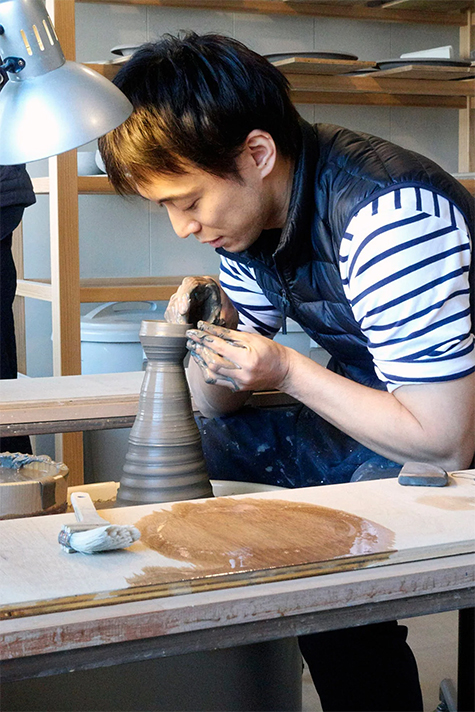
Anzai at work in his Tokyo studio.
Image courtesy of: Vogue, photographed by: Akari Endo-Gaut
Anzai loves creating objects filled with character and things that add value to the environment rather than detracting from it. He often questions our existence: how do we exist, with whom do we share the fundamental elements of life, what exactly is the place we occupy?
As such, each piece on which Anzai works takes a month or two. However, he is careful to adhere to the Japanese belief that potters “should not dedicate too much time on making a masterpiece so as to not overstate.”
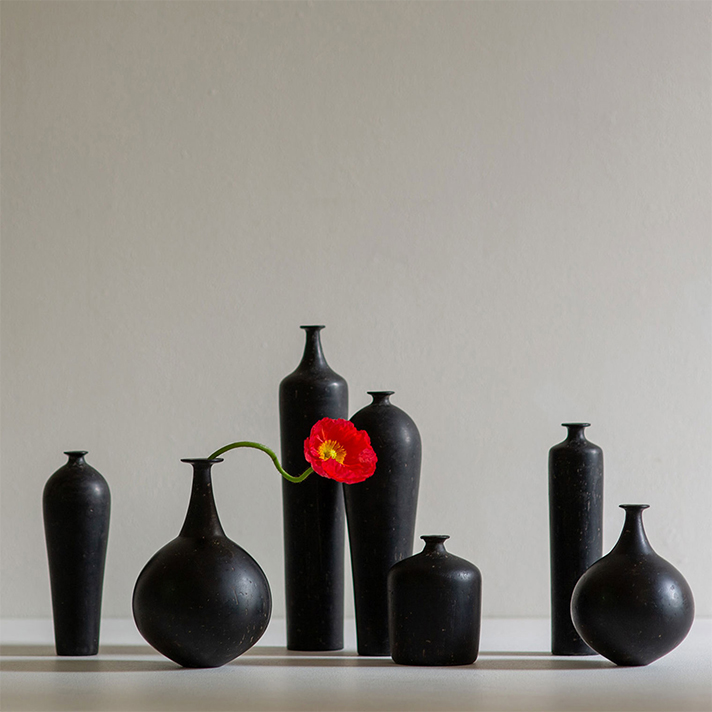
Japan’s history with pottery is long and the art form is deeply rooted in its historical culture. Partially, this is because it is a country with rich geographical resources for ceramics. The volcanic lands give way to a variety of clays and the climate (with the rain and snow) allows for the the best of elements.
Image courtesy of: Panorama
The principle importance is placed on the object. As a result, Anzai likes to focus on the subtlety of the objects. Sometimes this tends to disappear in bright lights and overexposure which only pinpoints dramatic elements.
The appearance of simplicity goes against the grain… because in all actuality, there is nothing simple about this process. He says, “It is my medium of communication between the user and I.”
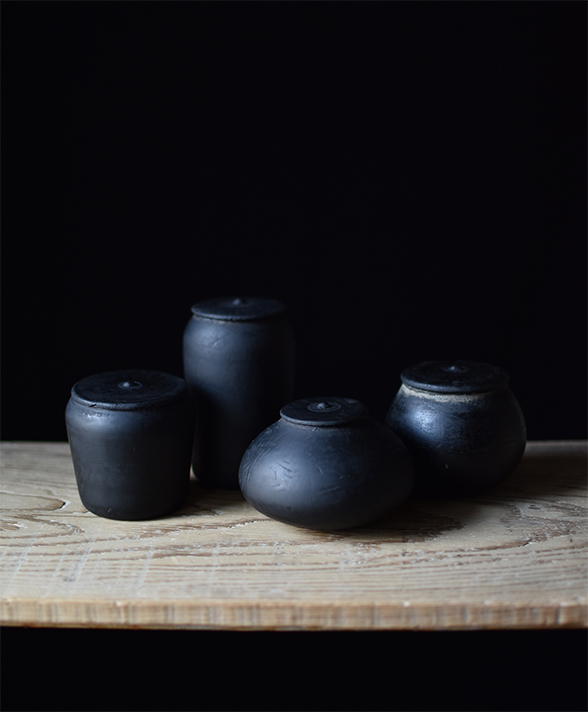
The black ceramic vessels that Anzai makes with urushi lacquer are not common, even in Japan. Urushi lacquer is a sap from the Japanese lacquer tree and although a common material in Japan, it is traditionally used on wood. 5,000 years ago, it was used on Jōmon pottery in Japan… it is a precedent dating back thousands of years!
Image courtesy of: yabedesign
The common belief is that the ceramics are not made from earth, water, and fire; but rather they are made from a basic relationship between the artist and those three elements. Infused into the works, Anzai’s pieces become ethereal.
